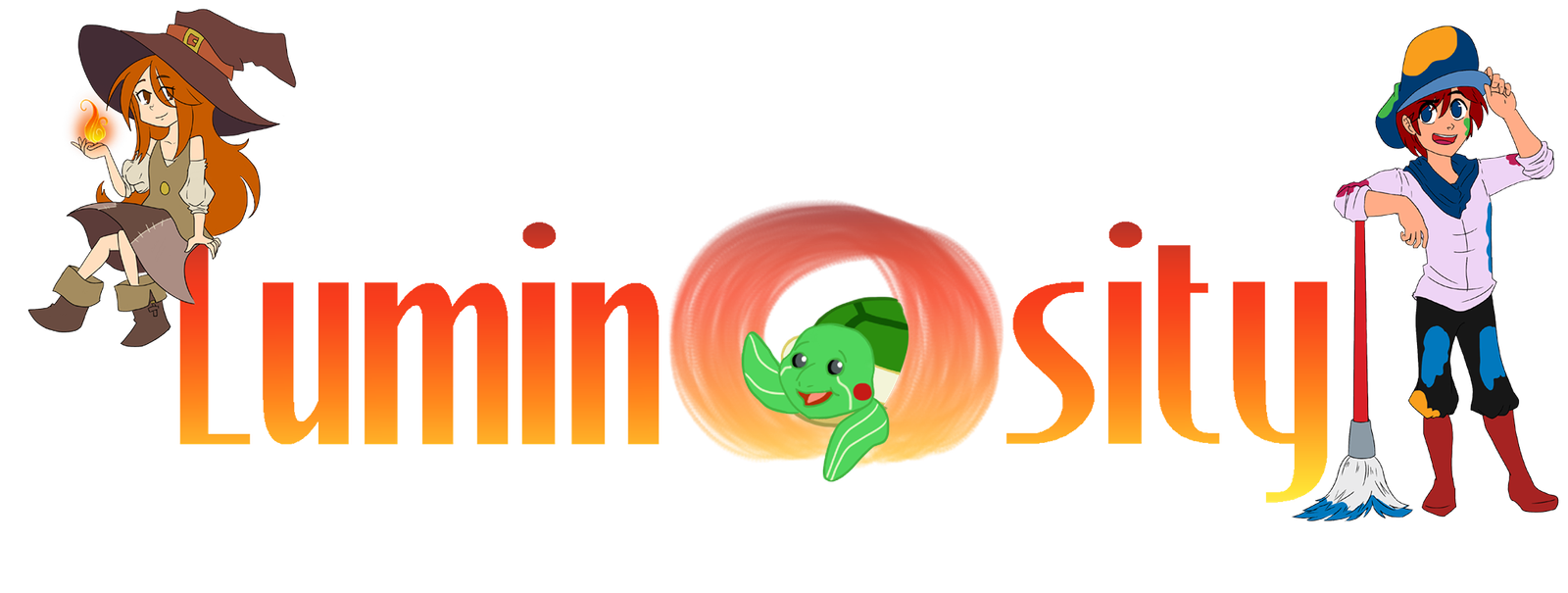Good project management is the key to successfully shipping a game on time without any major bugs. The problem is that so many teams don’t bother with it. Our team fell into the same trap in our first game – Once Upon a Runner – but it wasn’t for lack of trying. We tried a couple different programs like Asana and Jira but none of the team members used it citing it to be unnecessary and not relevant to their tasks. We let it slide – a bad decision on our part – and ultimately the project itself slid into slow decline. Without goals and deadlines, our team slowly stopped working on the project. Eventually there was no progress on the game and less people started showing up for the weekly meetings. Eventually our team fell apart until there was only myself, Ray and Chris left on the team. Without more people there was no way we could finish the game and with 80 percent of it completed and 1.5 years invested into it, we had to get it shipped if only for peace of mind. We brought on a couple other programmers and I did some research into different project management tools. Thus began my love affair with Trello.
Enter Trello
While I can’t pinpoint exactly what the issue was with Jira and Asana, my guess is that it looked too complicated even if it wasn’t actually that hard to use. With Jira, you needed to download it to your computer, something our team members didn’t want to do. For Asana, there were too many fields for them to fill out. They needed to track the amount of time they had spent on a project and write in what they accomplished for that week. It all was too much of a hassle. When I introduced Trello to the team, they jumped on board almost immediately. It has a super simple layout and it’s pretty intuitive to use. Best of all, it doesn’t require a lot of time on their part. I think the other big reason people immediately jumped into Trello was because I handled creating all of the tasks. There was very minimal work they needed to put into the board. All the literally had to do was check off a task and move it over to the Done column when they completed something. And since it is completely web based there was no additional software they needed to install. I can share the boards with as many people as I want and can see the progress of certain cards as team members check off items in the list. And, of course, I can organize the team by assigning tasks to people, adding deadlines and adding comments on the card if they or I have any questions.
There are some limitations with Trello of course. There is now way for you to view the entire project as a whole. Sure, you can visually see how many tasks have been completed on each board, but there’s no chart or percentage that tells you how far along you are with every task without clicking into the boards. This makes it less than ideal for larger teams. But as a small development company, it works just fine so far. Trello coupled with weekly meetings and daily Facebook catch-up chats keeps the group up-to-date on what all of the members are doing and keeps us accountable for the work we produce every day.
While this might sound like an advertisement, we’re in no way affilitated with Trello. We just really love their product, especially since it helped us release our first game and now keeps us on track with our second game. If you happen to have project management issues and other tools haven’t worked, give Trello a try. It’s kept us organized and, best of all, it’s free!

